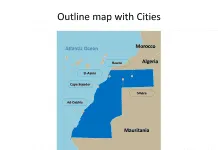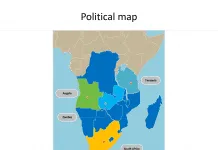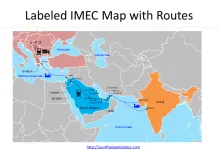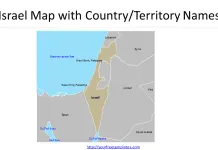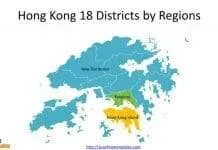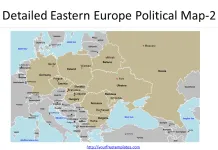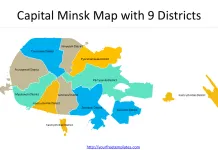The Map of German Cities slides including 9 cities, which are Berlin, Bonn, Cologne, Düsseldorf, Frankfurt am Main, Hamburg, Bochum, Hagen and Wuppertal. Our Germany city map chart templates include nine slides below.
Slide 1, Berlin Germany map
Berlin is located in the northeastern part of Germany. It is the capital and largest city of Germany, as well as the political, cultural, transportation and economic center of Germany, with a population of about 3.64 million. Berlin is surrounded on all sides by the state of Brandenburg, and the Spree and Havel rivers flow through the city. Berlin is one of the sixteen federal states in Germany, and together with Hamburg and Bremen are the only three city states in Germany.

Berlin is a major industrial area in Germany. The industry is most developed in electrical machinery, electronics, instruments and meters, followed by machinery, metallurgy, chemical industry, clothing, and food processing, printing and other industries.
Slide 2, Bonn Map of German Cities
Bonn is a city on the Rhine River in the southern state of North Rhine-Westphalia, Germany. It is located about 30 kilometers south of Cologne and about 60 kilometers north of Koblenz. It has a population of about 300,000 and is one of the ten largest cities in North Rhine-Westphalia. Once the capital of the Federal Republic of Germany, is still an important political center in Germany. With a history of 2,000 years, Bonn is one of the oldest cities in Germany and served as the capital of the Duchy of Cologne until the end of the 18th century.

Bonn was the capital of the Federal Republic of Germany (West Germany) from 1949 to 1990 and remained the seat of government until 1999. At present, Bonn is also stationed in 6 federal departments (including the German Federal Ministry of Defense), and other government departments still have offices here, which makes Bonn the second largest political center in Germany.
Slide 3, Map of German Cities-Cologne
Cologne (Köln) is the fourth largest city in Germany with a population of 1 million and an area of 405 square kilometers, second only to Berlin, Hamburg and Munich. Industries include military, metallurgy, machinery, chemical, pharmaceutical, oil refining, textile, food and other industries. It is one of the important lignite producing areas in the country and has a large thermal power station. As one of the national financial centers, Cologne is also a city famous for its Romanesque churches and Gothic cathedrals.


